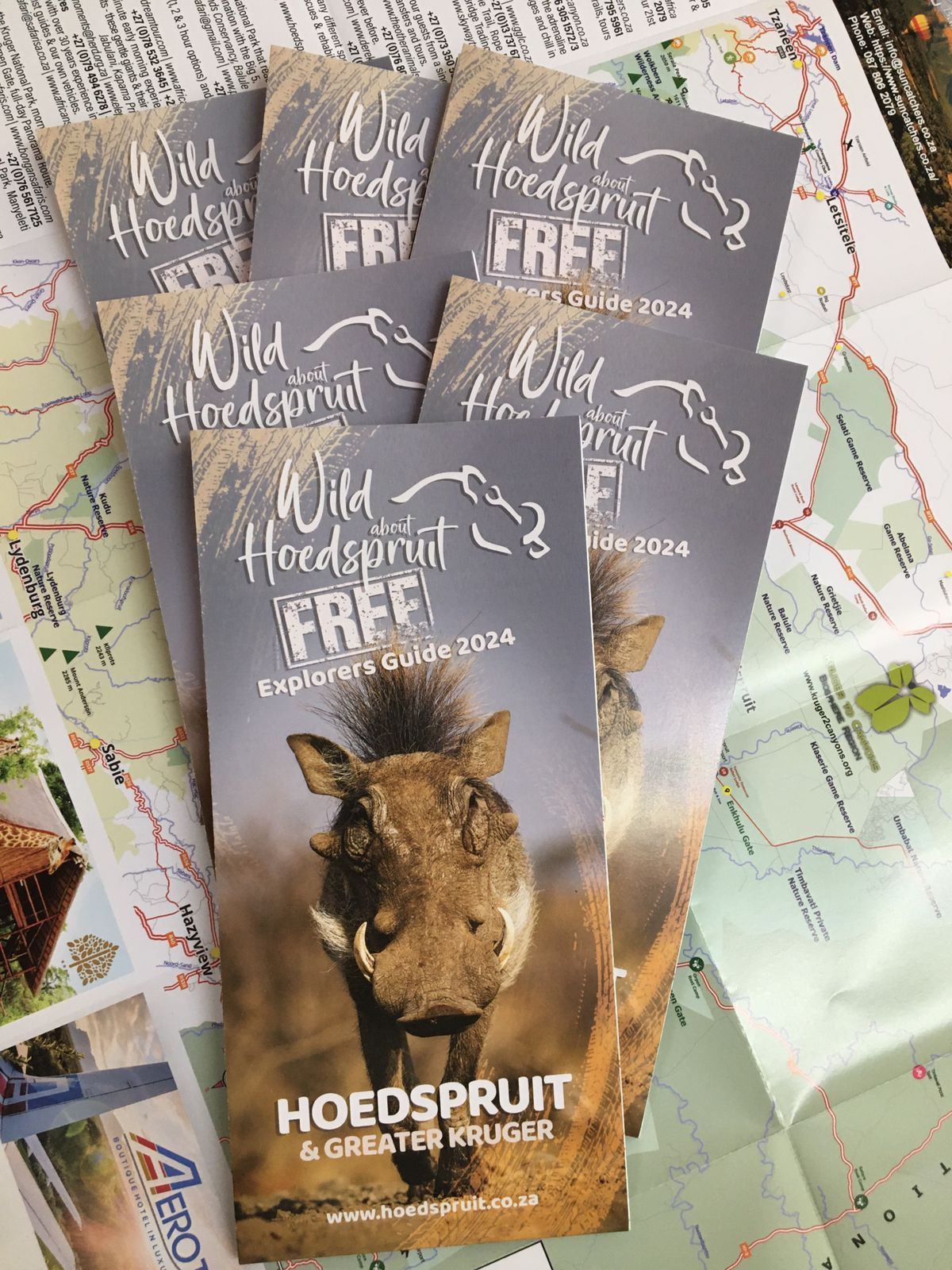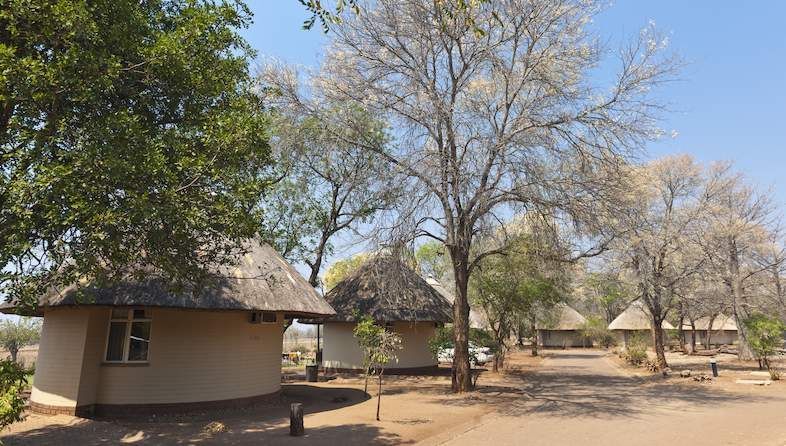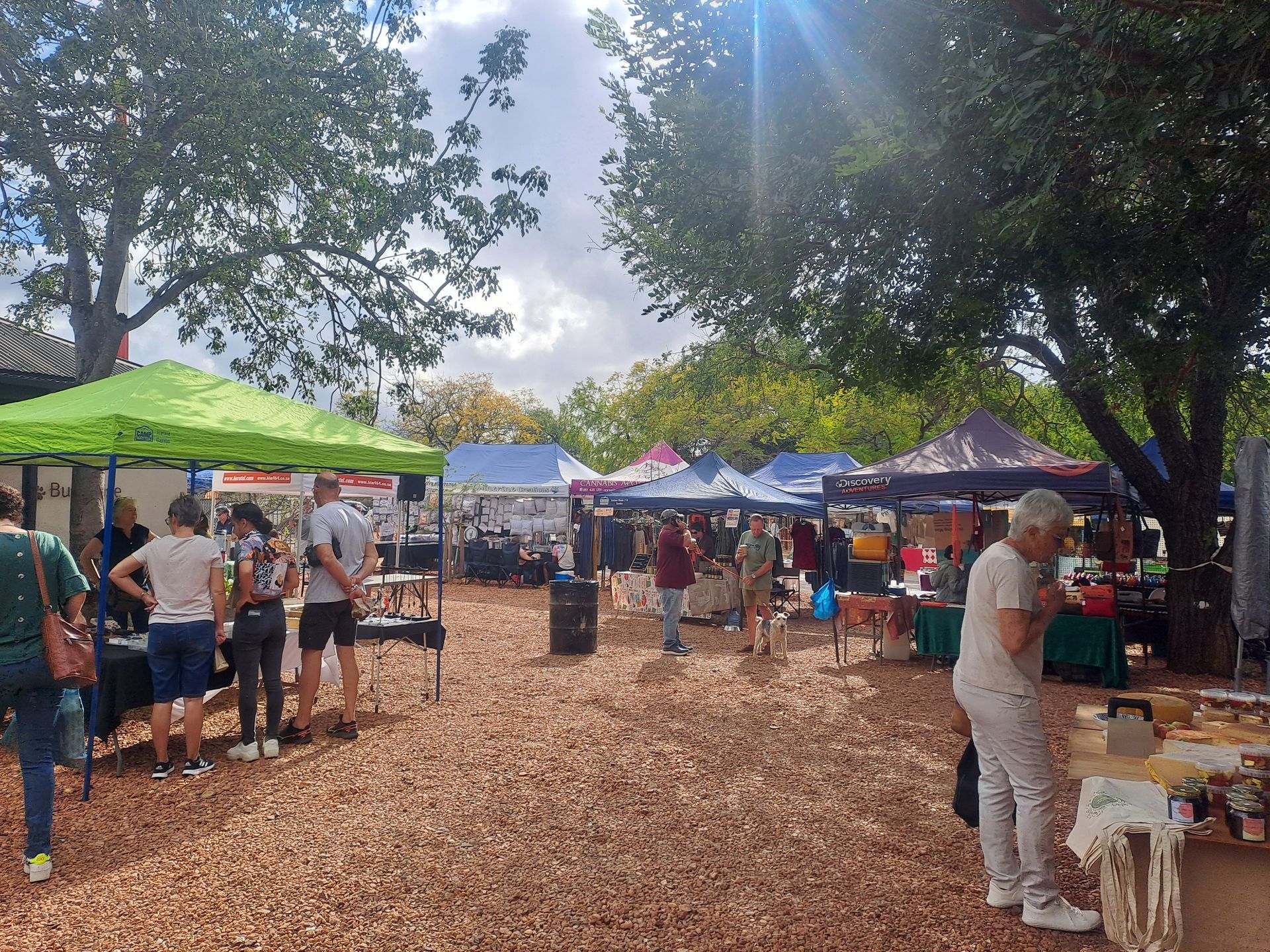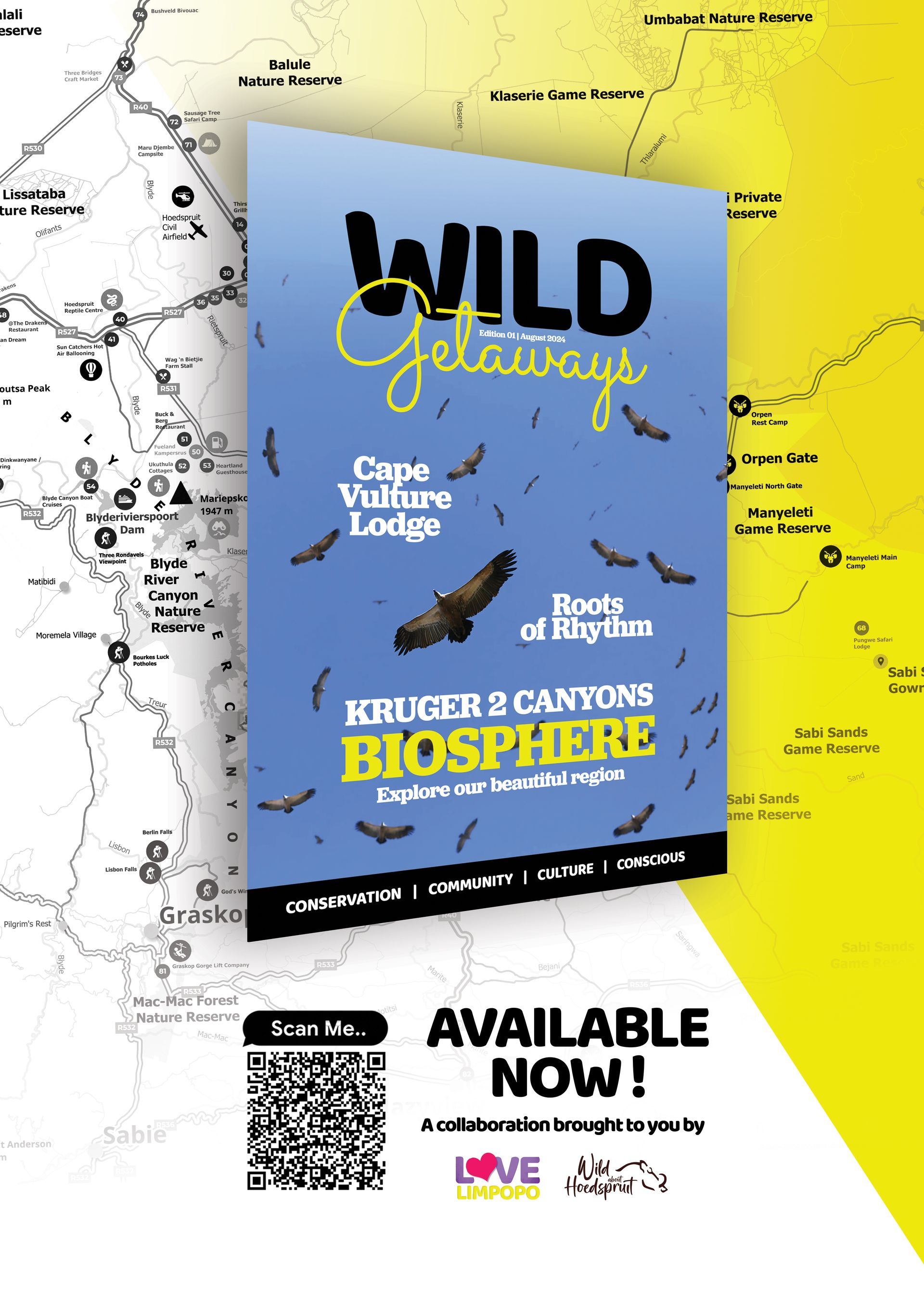The African Hoopoe in Kruger National Park: A Complete Guide
The African Hoopoe, a captivating and distinctive bird, graces the skies of Kruger National Park with its unique appearance and enchanting calls. This guide provides insights into the identification, behaviors, and significance of encountering the African Hoopoe in one of Africa's premier wildlife reserves.
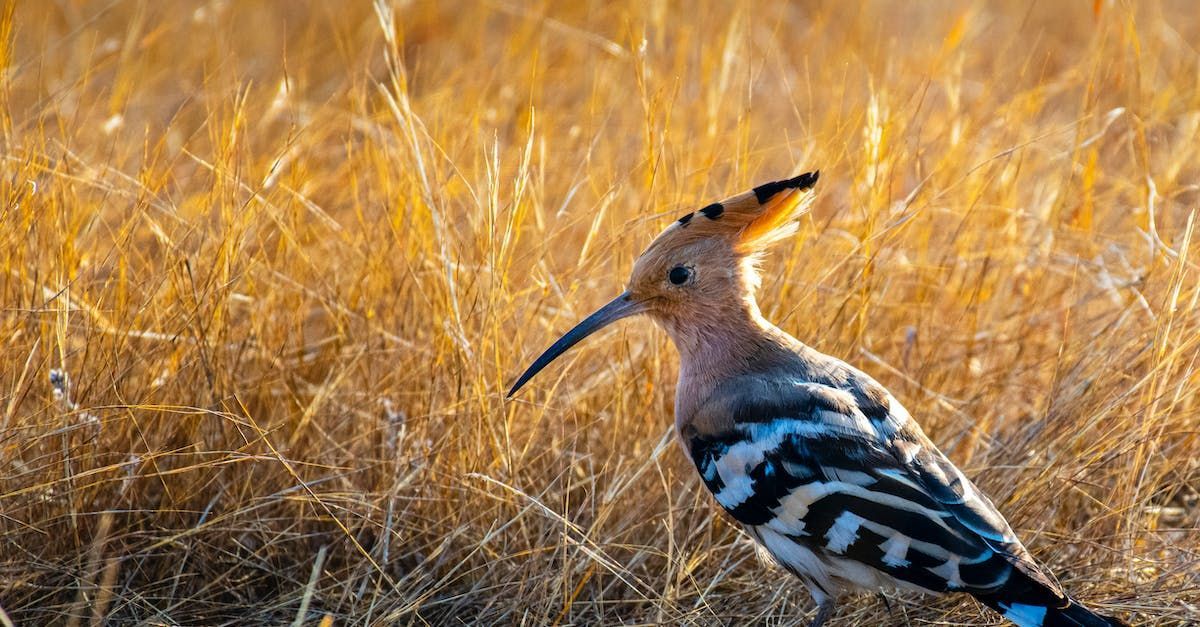
Why It's an Exciting Species to Encounter in Kruger
The African Hoopoe is a symbol of beauty and elegance, adding a touch of charm to the diverse avian population of Kruger National Park. Its vibrant plumage and characteristic calls make it a sought-after sighting for bird enthusiasts and nature lovers.
Identification
Physical Characteristics
The African Hoopoe is easily recognized by its distinctive features, including a long, slender bill, a prominent crown of feathers, and striking black and white patterns on its wings and tail. Its cinnamon-colored plumage adds to its allure, making it a standout bird species.
Unique Features for Easy Identification
One of the most notable features of the African Hoopoe is its crown of erectile feathers, which it can raise or lower. This, coupled with its distinctive calls and distinctive flight patterns, makes it easily distinguishable from other bird species in Kruger.
Fascinating Facts
Interesting and Lesser-Known Facts about the African Hoopoe
African Hoopoes are known for their foraging techniques, using their long bills to probe the ground for insects and larvae. They play a crucial role in pest control, contributing to the park's ecosystem health by regulating insect populations.
Its Role in the Ecosystem
As insectivores, African Hoopoes contribute to maintaining a balance in the park's ecosystem by controlling insect populations. Their foraging behaviors aid in controlling pests that can potentially harm vegetation and other wildlife.
Habitat and Range
Where in Kruger Can You Find the African Hoopoe?
African Hoopoes are widespread throughout Kruger National Park, favoring a variety of habitats, including woodland, savanna, and grasslands. They are often seen foraging on the ground, using their bills to extract insects from the soil.
Preferred Habitats and Behaviors
These birds thrive in areas with a mix of open spaces and vegetation, allowing them to forage efficiently. Look for them in regions with scattered trees or shrubs, especially during the dry season when visibility is enhanced.
Best Times for Sighting
Seasonal Variations in Visibility
While African Hoopoes can be spotted throughout the year, the dry season (May to September) offers optimal visibility. During this period, reduced vegetation allows for clearer sightlines, enhancing the chances of a successful sighting.
Preferred Times of the Day
African Hoopoes are diurnal, meaning they are active during the day. Early mornings and late afternoons are ideal for sightings as they engage in foraging, social interactions, and displaying their characteristic flight patterns.
Behavior and Social Structure
Behavioral Patterns and Interactions
African Hoopoes are known for their distinct calls, which are a combination of hooting and melodious notes. They use these calls for communication, especially during territorial displays and courtship rituals. They are generally solitary birds, but they may form small groups during foraging.
Social Dynamics
While not forming large flocks, African Hoopoes may be observed in pairs or small family groups. During the breeding season, their interactions become more pronounced, with elaborate displays and calls to attract mates.
Conservation Status
Current Conservation Status
The African Hoopoe is not considered globally threatened, with stable populations observed in various regions. However, like many bird species, it faces localized threats such as habitat loss due to human activities. Continuous monitoring is essential to ensure their sustained well-being.
Any Particular Threats or Challenges the Species Faces
Habitat degradation and loss pose potential threats to African Hoopoe populations. Urbanization, agriculture, and deforestation may impact the availability of suitable foraging and nesting sites. Conservation efforts should focus on preserving diverse habitats within the park.
Tips for Spotting
Key Signs to Look For
Listen for their distinctive calls, characterized by a combination of hoots and musical notes. Look for their unique flight pattern, marked by undulating flights with occasional hovering. Patience and attentive observation are key to spotting these birds, especially in areas with scattered vegetation.
Popular Regions within Kruger for Sightings
African Hoopoes are distributed widely across Kruger National Park, but areas with mixed habitats, such as Lower Sabie and Letaba, are particularly promising for sightings. Open grasslands and woodland edges are ideal locations to observe their foraging behaviors.
Encountering the African Hoopoe in Kruger National Park is a delightful experience that highlights the park's rich biodiversity. Observing these birds in their natural habitat provides a deeper appreciation for the intricate relationships within the ecosystem.
Additional Resources
Share This Article
Quicklinks
Related Articles
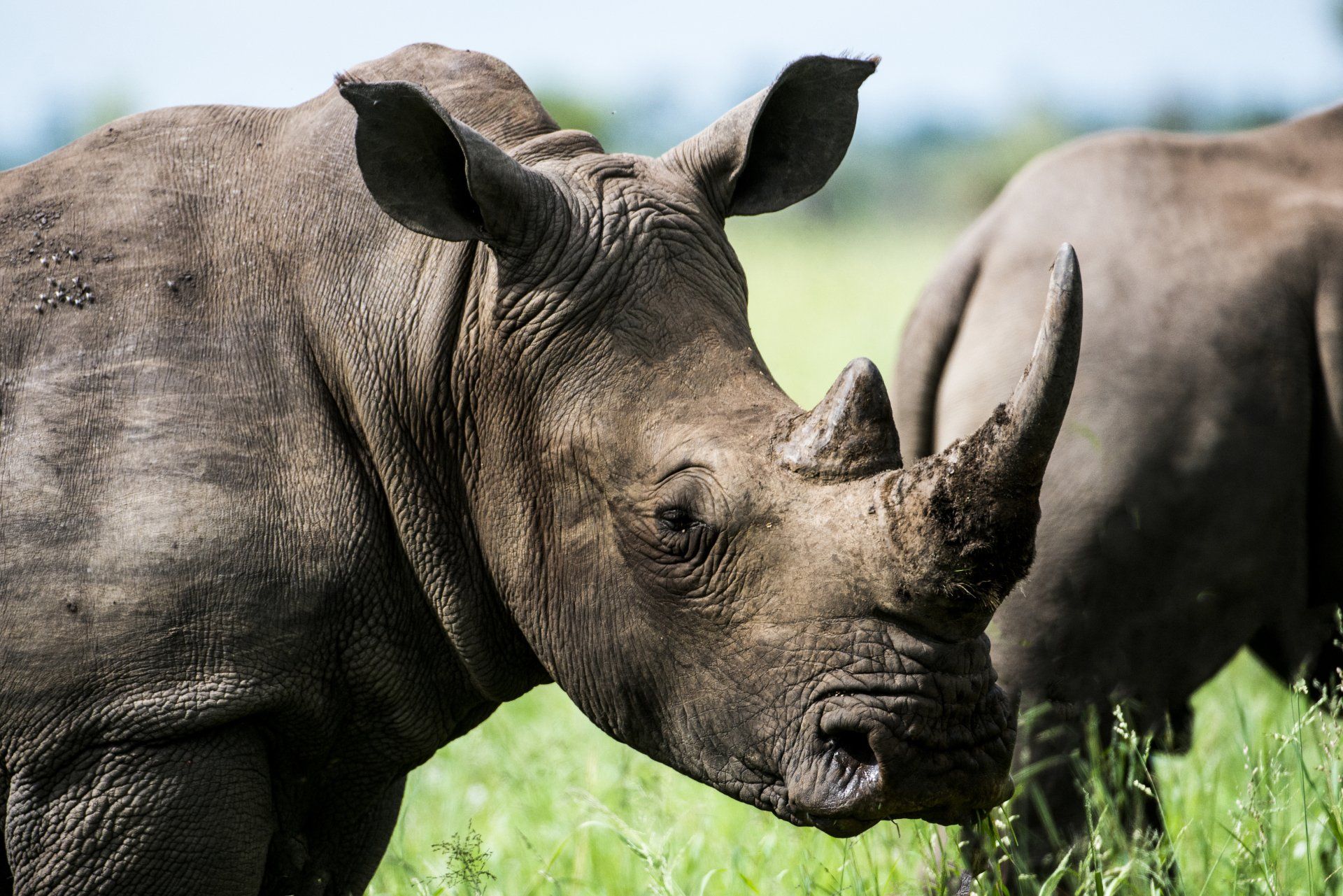
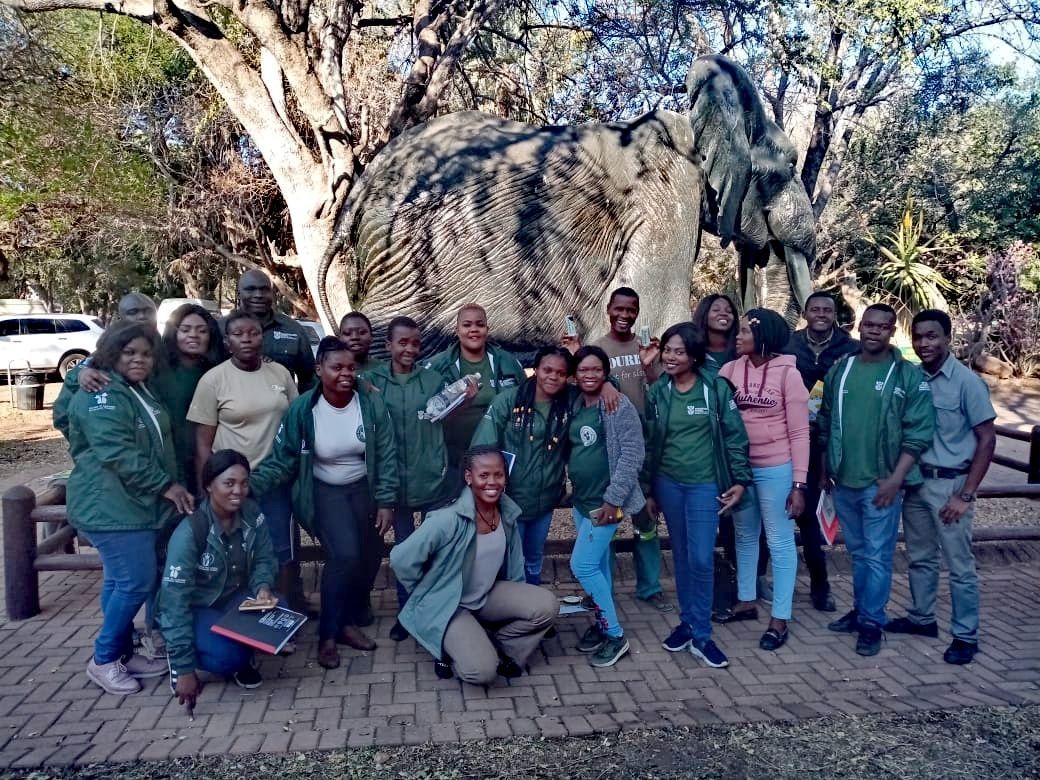

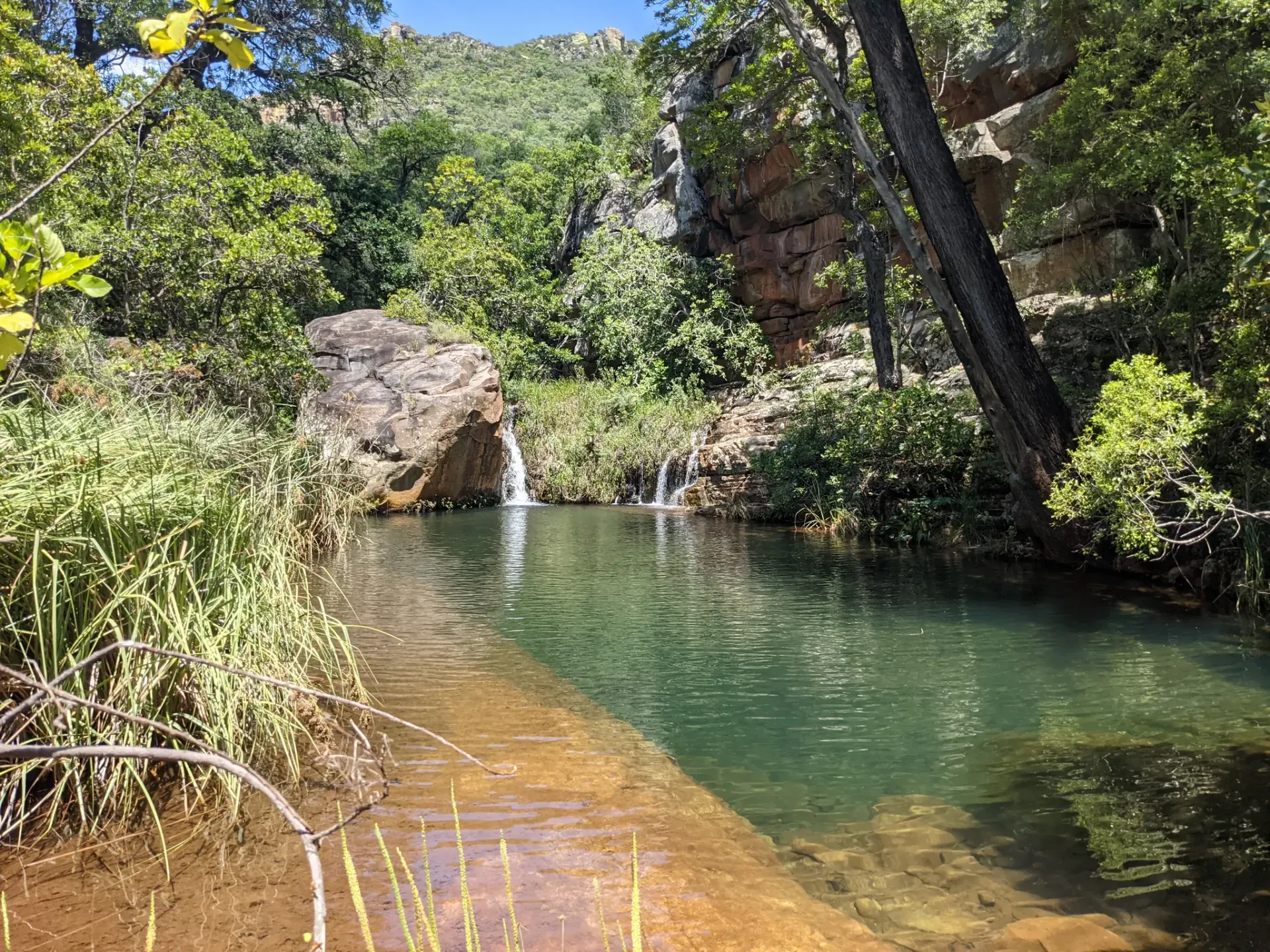

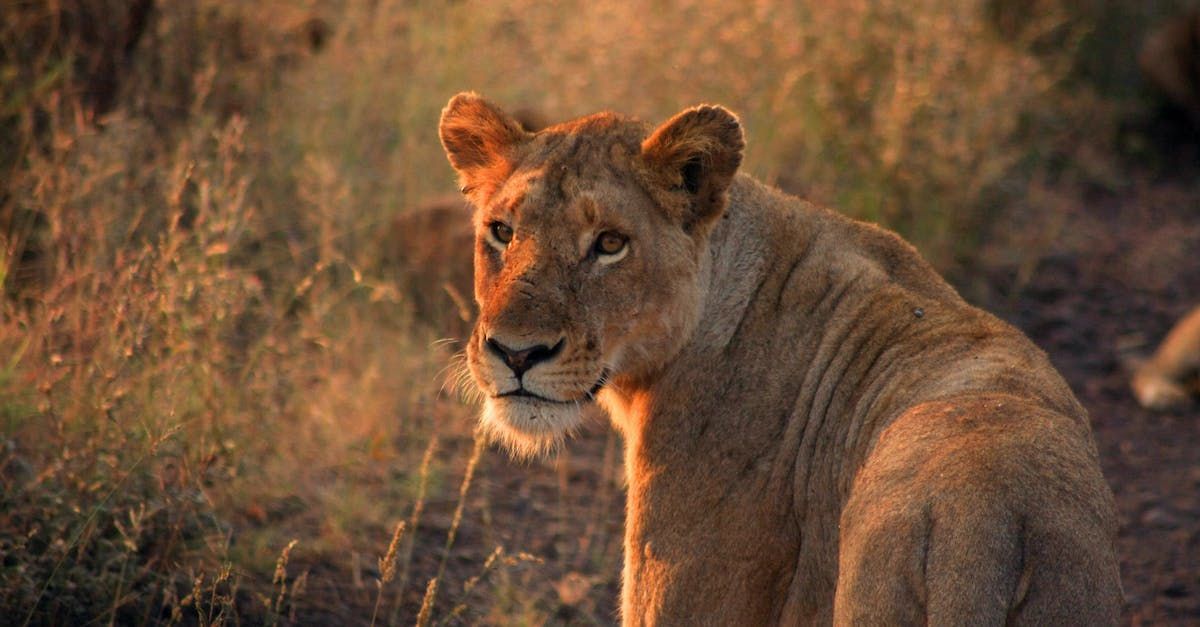

Hoedspruit Articles





